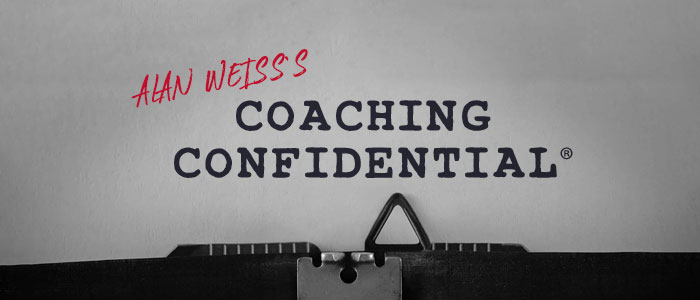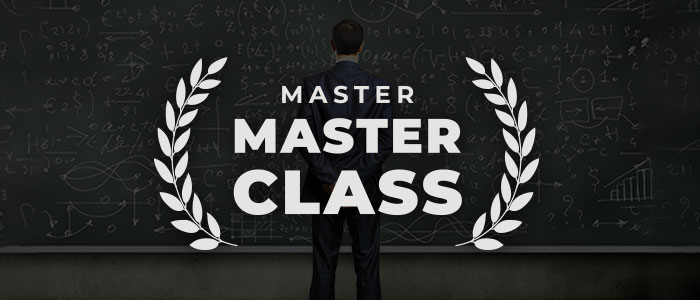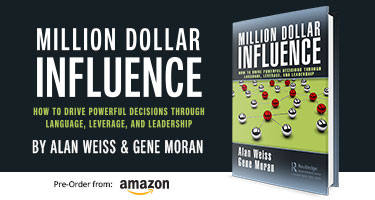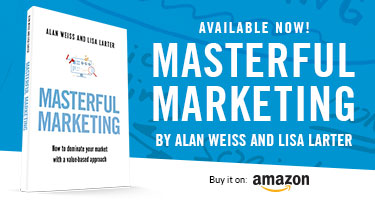 |
Email not displaying correctly? View in Browser |
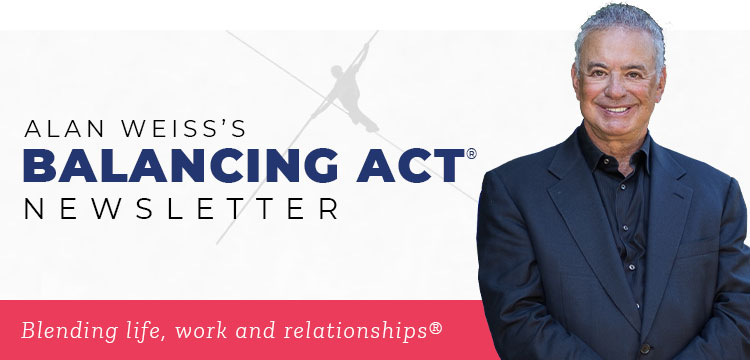 |
|
|
|||||
Balancing Act®: The Newsletter(No. 280, December 2022) |
|
Balancing Act® is our registered trademark. You are encouraged to share the contents with others with appropriate attribution. Please use the ® whenever the phrase “Balancing Act” is used in connection with this newsletter or our workshops. NOTE: To change addresses, or to unsubscribe, use THIS LINK Balancing Act® is in four sections this month: Follow me on Twitter. Every day I provide 3-5 brief, pithy pieces of advice for growth. Join the thousands who read these “quick hits” every morning. Over 9,000 followers! Why aren’t you among them? And find me on Facebook. Free consulting newsletter: The Million Dollar Consulting® Mindset: summitconsulting.com/million-dollar-consulting-mindset/ Monthly, fast advice on consulting techniques with case studies. Listen to my free Podcast Series on Apple Podcasts or on ContrarianConsulting.com: Alan Weiss’s The Uncomfortable Truth®. And watch A Minute with Alan™ daily on all social media and my blog. |
 |
|
 |
|
There seems to be a default, visceral reaction to “blame” someone. If we trip coming into a room we’re incensed that someone left a chair in the way. (If someone else trips coming into a room we call them “clumsy.”) There is an entire “industry” blaming big government, banks, big pharma, the media, an entire generation, and so forth. Finding someone or something to blame absolves us of responsibility, but it does absolutely no good otherwise. When organizations find blame (instead of the cause of a problem) they undermine their own performance because they think the problem is solved—“Joe” was at fault. And then everyone walks away, patting themselves on the back (except Joe). But if Joe weren’t at fault, or his judgment and behavior weren’t improved if he were at fault, then the problem remains and will recur. Simply finding blame solves nothing. And that includes blaming yourself. Find the cause of your error. Ask how best to remove the cause and correct the situation. Then ask how to prevent making that error again in the future. We all learn by making errors and determining how to correct them and prevent them. But we learn nothing if we merely sink in a morass of guilt and shame. No one and nothing is perfect. Success trumps perfection. |
 |
|
 |
|
I have a circle immediately in front of our house after coming down a 150-yard driveway. The natural direction is to go around it counterclockwise. We had workmen at the house so I couldn’t get to the garage in back, I put the car in reverse to go down the hill, then decided to turn the Rolls into the circle clockwise. I saw the Spirit of Ecstasy hood ornament and figured I had plenty of room, and the car’s cameras look to the rear. However, I heard a nauseating “crunch” and got out to find I had hit a large rock placed to separate the asphalt from the bushes and gashed a crack under the bumper and fender. Rolls came to pick it up and the damage, paid by insurance came to $6,000. I vowed never to do that again. However, a month later I was heading up to the garage again, realized I had to leave the car in the circle, and once again put it in reverse and tried to go around clockwise, watching the hood ornament to gauge where I was. And I hit the exact same rock in the exact same way. Another $6,000 of damage. When I called Amica, my insurance carrier, with the second claim, the agent was very empathetic, and was amazed it was the exact same claim and same damage. “Yes,” I confessed, “I hit the same damn rock in the same way.” “Have you considered,” suggested the agent, “removing the rock?” |

|
|
|
|
|
|
|
|

|
|
Alan Weiss’s Balancing Act® Newsletter is a registered trademark of Alan Weiss and Summit Consulting Group, Inc. You are subscribed as: _email_ |

